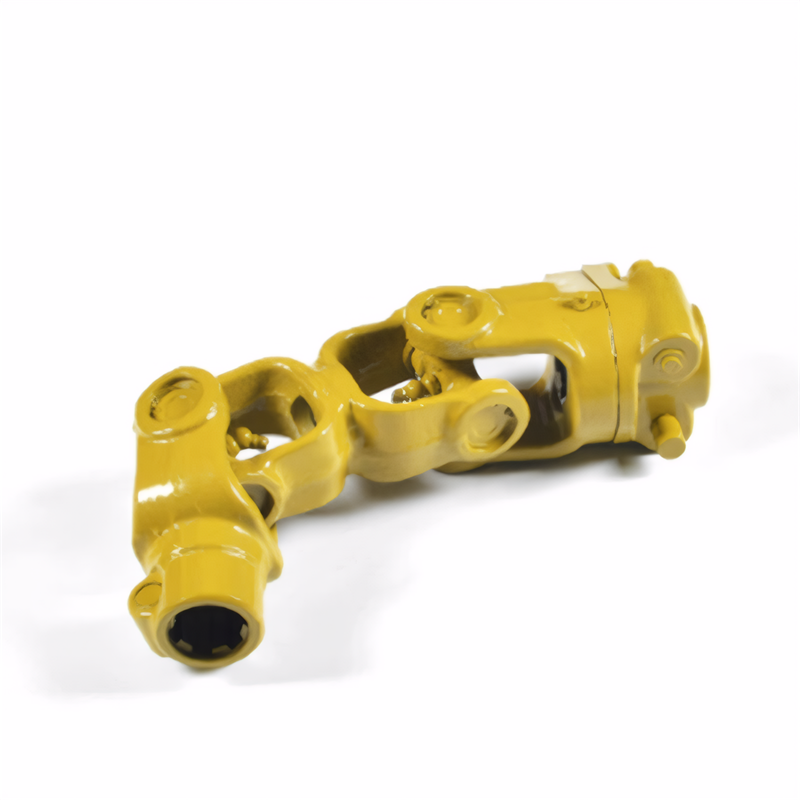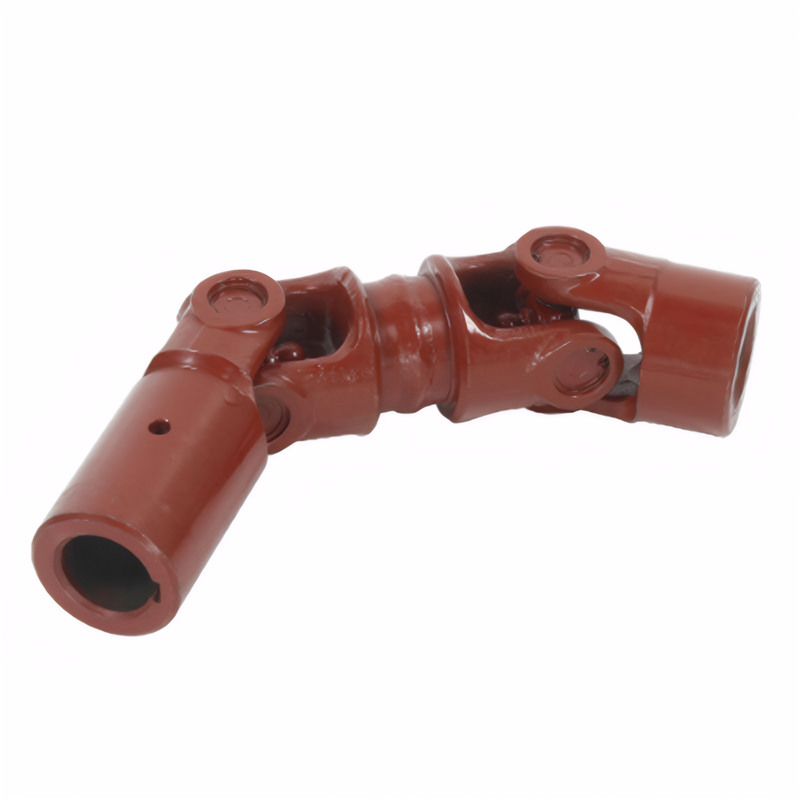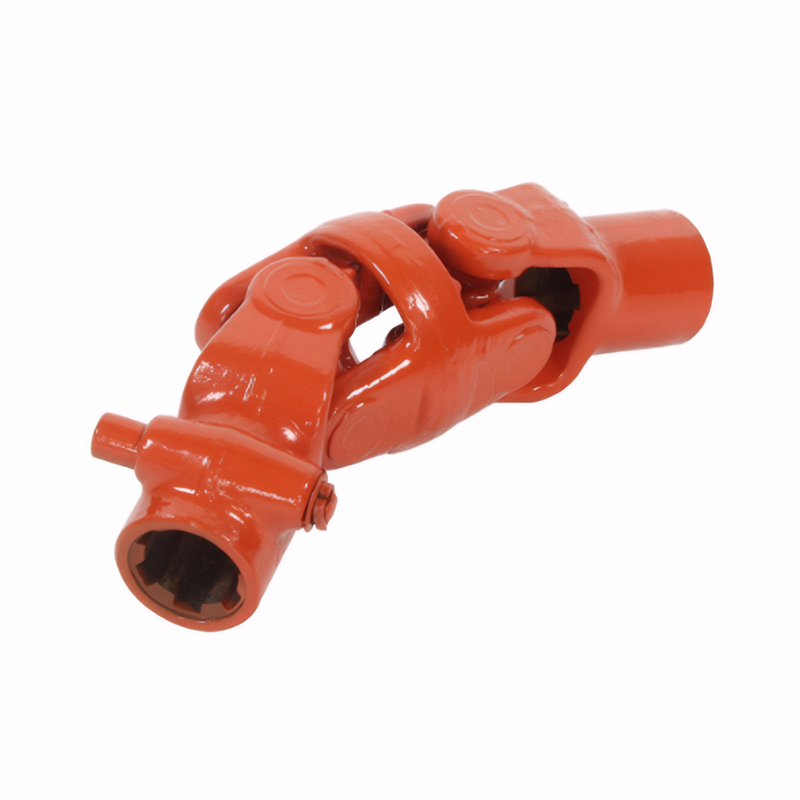The advantages of carbon fiber materials for drive shafts
Lightweight Design and Enhanced Energy Efficiency
Carbon fiber reinforced polymers (CFRP) exhibit a density of approximately 1.6–1.8 g/cm³, which is less than one-fourth that of steel (7.8 g/cm³). This material property enables automotive transmission shafts to achieve weight reductions of up to 40–50% compared to traditional steel components. For instance, in long-wheelbase vehicles, the weight savings from CFRP shafts can exceed 9 kg per unit, directly contributing to improved fuel economy. Studies indicate that every 1% reduction in vehicle mass leads to a 0.7–1% decrease in fuel consumption, with transmission shafts—as rotational components—offering even greater efficiency gains. The reduced rotational inertia also enhances acceleration response by minimizing energy loss during torque transfer, a critical advantage for high-performance and electric vehicles aiming to optimize range and power delivery.
Structural Optimization Through Composite Layering
The anisotropic properties of CFRP allow engineers to tailor fiber orientation for specific mechanical demands. By aligning carbon fibers at 0°, 45°, and 90° angles relative to the shaft axis, manufacturers can maximize torsional stiffness while maintaining axial flexibility. This layering strategy, combined with symmetric铺层 (symmetric ply stacking) designs, ensures uniform stress distribution under dynamic loads, reducing the risk of fatigue failure. For example, a CFRP transmission shaft tested under 1,000 N·m torque demonstrated no deformation, whereas a steel counterpart exhibited visible bending at the same load. Additionally, the material’s high critical rotational speed—enabled by its low density and high modulus—permits longer shaft designs without intermediate bearings, simplifying drivetrain architecture and reducing maintenance complexity.
Superior Mechanical Performance Under Dynamic Loads
CFRP transmission shafts surpass steel in tensile strength, fatigue resistance, and torsional rigidity. With ultimate tensile strengths exceeding 3,500 MPa (7–9 times that of structural steel) and fatigue limits reaching 70–80% of their ultimate strength (compared to 30–50% for metals), these components withstand over 10 million load cycles without failure. This durability is particularly advantageous in hybrid and electric vehicles, where frequent torque reversals during regenerative braking impose cyclical stresses. The material’s damping coefficient, seven times higher than steel, further reduces vibration transmission to the chassis, lowering NVH (Noise, Vibration, and Harshness) levels by 6–8 dB. In automotive applications, this translates to quieter cabins and improved driver comfort during high-speed operation.
Corrosion Resistance and Longevity in Harsh Environments
Unlike steel, CFRP is inherently resistant to corrosion from road salts, moisture, and chemical contaminants. This property extends component lifespan by eliminating rust-induced weakening, a common failure mode in steel shafts exposed to winter de-icing agents or coastal climates. Field tests show CFRP transmission shafts retain 95% of their original strength after 15 years of service in humid environments, compared to a 30–40% degradation rate for uncoated steel equivalents. The material’s non-conductive nature also prevents electrolytic corrosion in aluminum-intensive vehicle architectures, enhancing system reliability. For industrial machinery operating in corrosive settings—such as mining equipment or marine propulsion systems—CFRP shafts offer a maintenance-free alternative to galvanized or stainless-steel components.
Integration with Advanced Manufacturing Technologies
The adoption of CFRP transmission shafts aligns with broader trends in automotive lightweighting and additive manufacturing. Automated filament winding processes enable precise control over fiber placement, ensuring optimal load paths and minimizing material waste. Hybrid designs that combine CFRP tubes with metal end fittings—via adhesive bonding or titanium locking pins—achieve torque capacities exceeding 4,700 N·m while maintaining a 40% weight reduction. These manufacturing innovations have reduced production costs by 30% since 2018, making CFRP shafts viable for mass-market vehicles. Furthermore, the material’s design flexibility supports modular drivetrain layouts, allowing automakers to standardize shaft lengths across platforms and streamline assembly lines.
Thermal Stability and High-Temperature Performance
CFRP maintains structural integrity at temperatures up to 200°C, making it suitable for applications near engine compartments or exhaust systems. Unlike steel, which softens above 400°C, CFRP retains 85% of its stiffness at 150°C, ensuring consistent power transmission in high-performance engines. This thermal resilience also benefits electric vehicles, where battery cooling systems may expose drivetrain components to elevated temperatures. The material’s low thermal expansion coefficient (1–2 ppm/°C) further minimizes dimensional changes during temperature fluctuations, preserving drivetrain alignment and reducing wear on connected components.
 Accuracy requirements for the
Accuracy requirements for the
 Selection of universal joint t
Selection of universal joint t
 Standard for coaxiality error
Standard for coaxiality error
 Requirements for the surface r
Requirements for the surface r
 简体中文
简体中文 English
English
